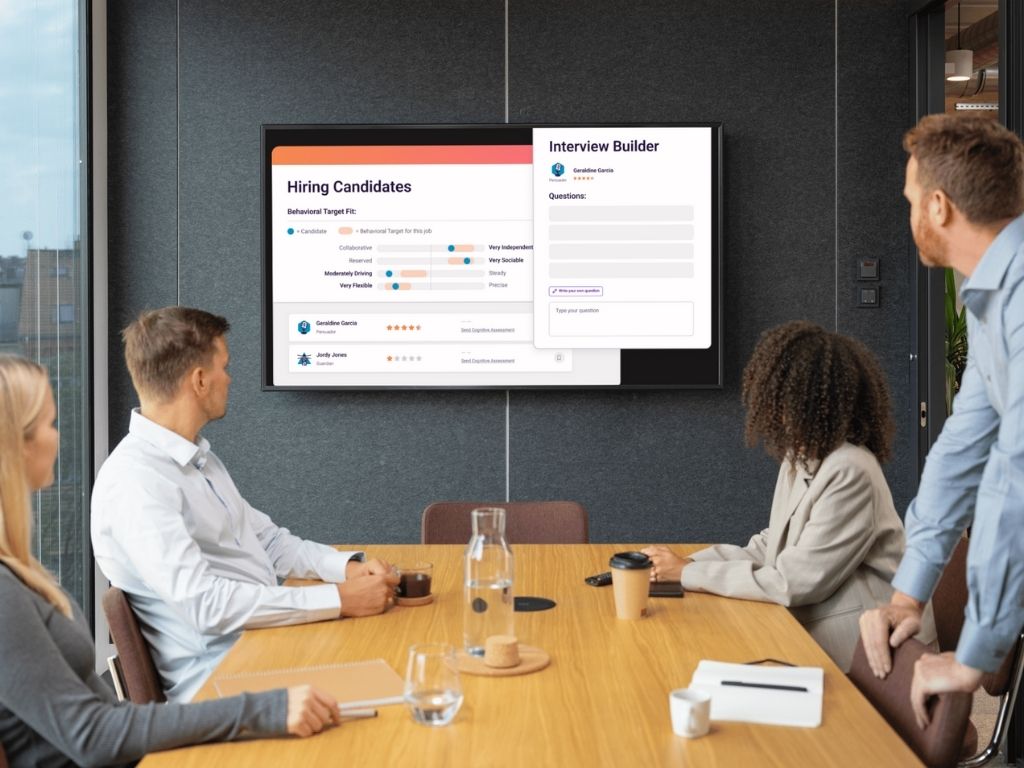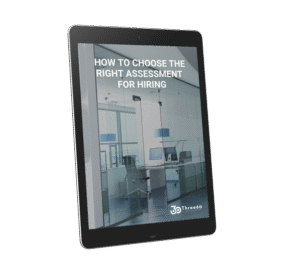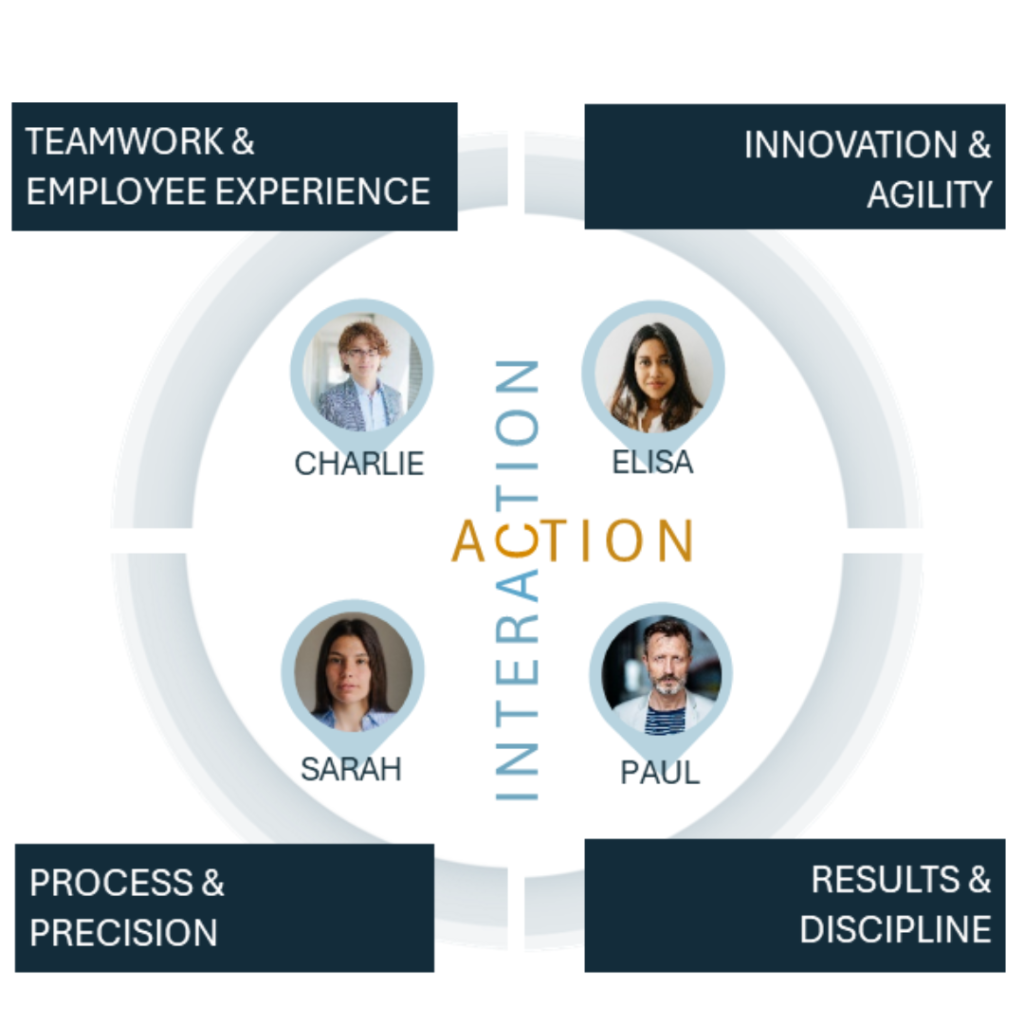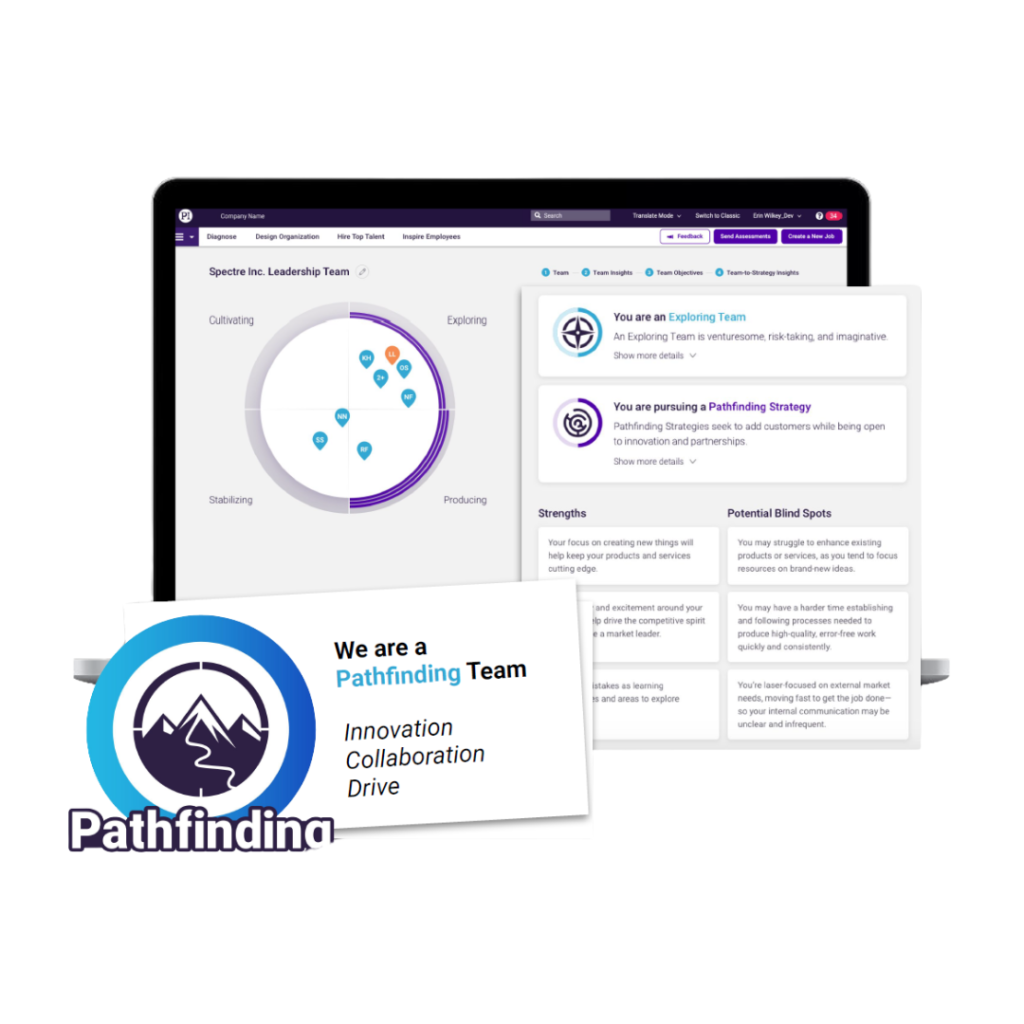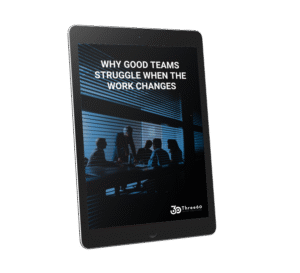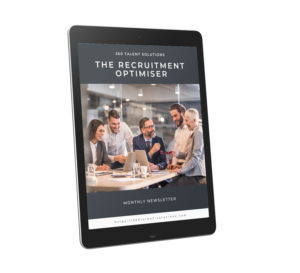The impact of a poor-fit hire isn’t always immediate. The person may seem fine on the surface. They do the work, attend the meetings, and follow instructions. But the team starts to shift. Communication slows. Small tensions build. Decisions take longer, or happen without alignment. Eventually, someone disengages or leaves.
This doesn’t happen because you hired a bad candidate. It happens because the team and the role were not fully understood before the offer was made.
According to the Predictive Index, 70% of teams admit they’ve hired someone who was technically qualified but struggled to integrate. In many of those cases, the problem wasn’t skills or effort. It was behavioural misalignment.
The guide Why Good Teams Struggle When the Work Changes was created to help you spot those patterns early. It explains how behavioural fit impacts performance, what signs to look for when a team isn’t working, and how to avoid repeating the same hiring mistakes.
If you want to make a hire who doesn’t just fill a role, but helps the team move forward, this guide will give you a practical place to start.


